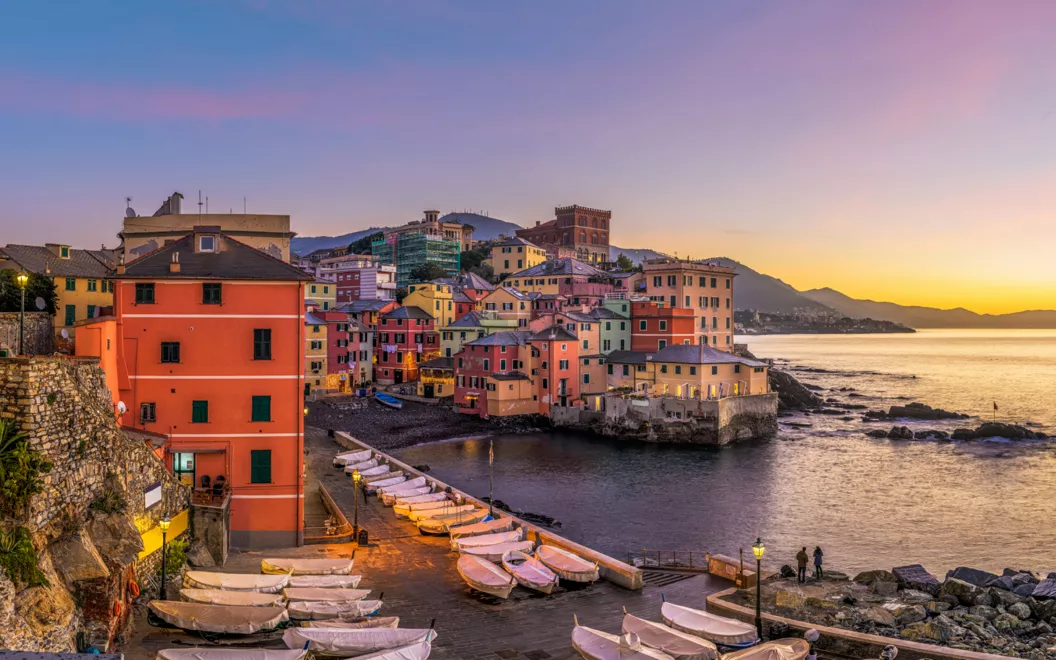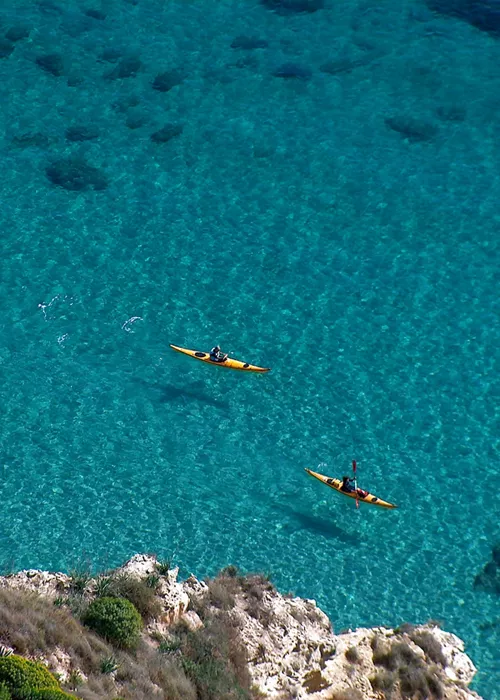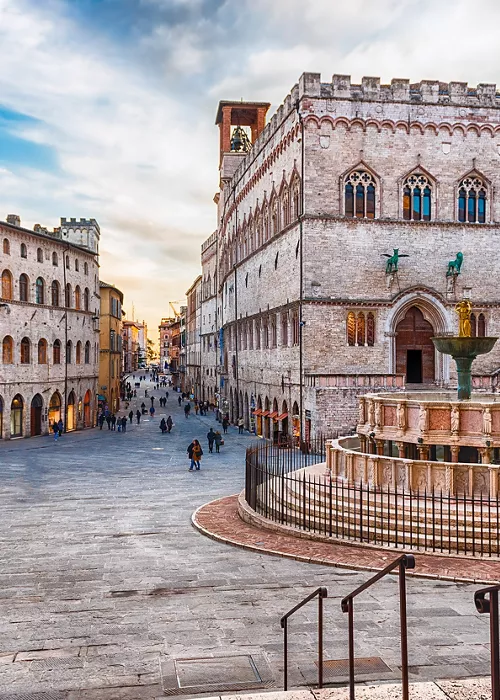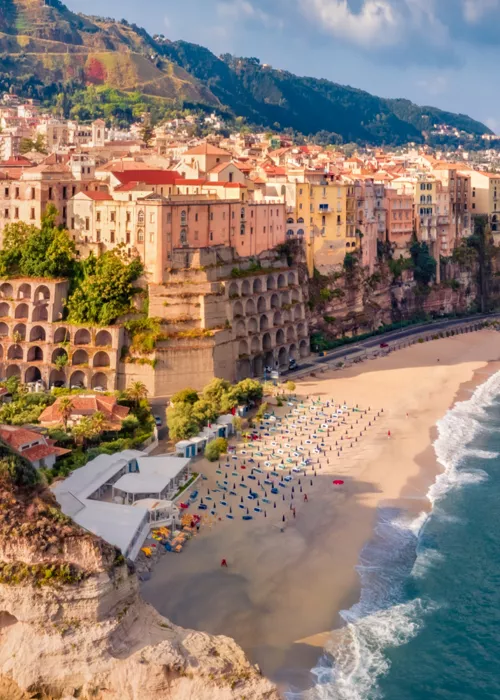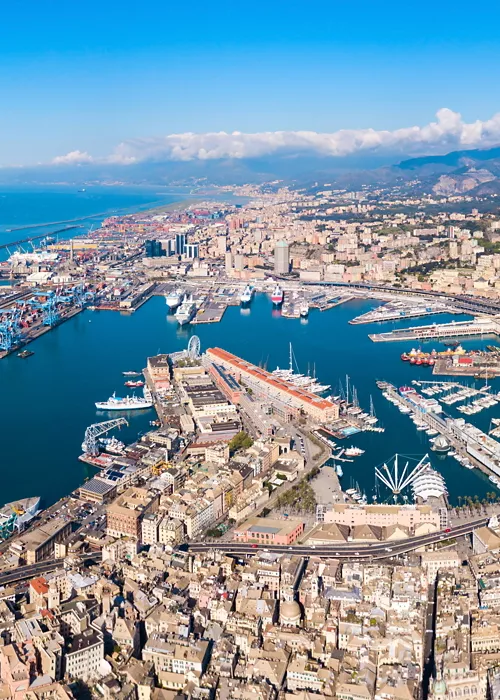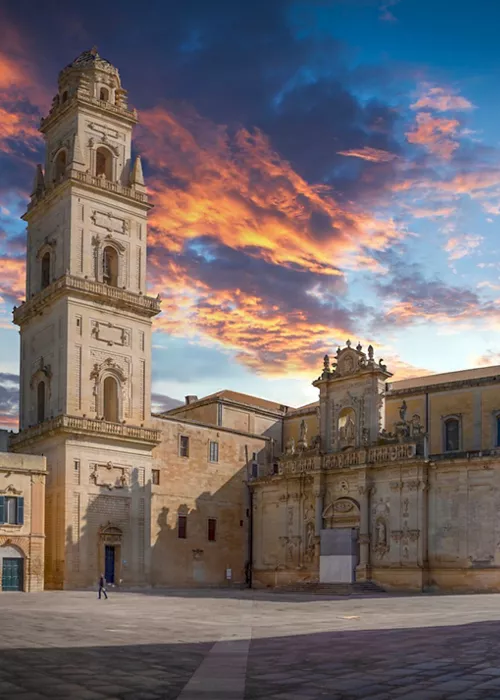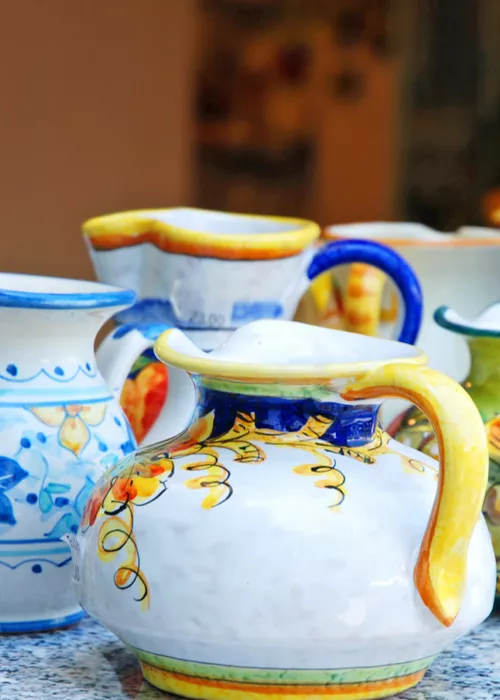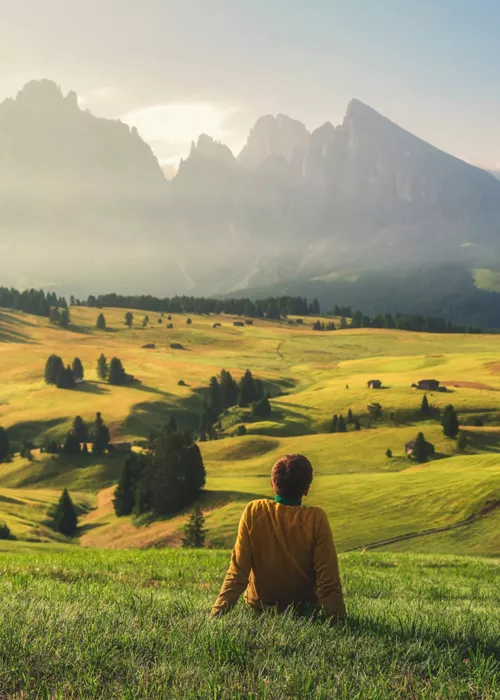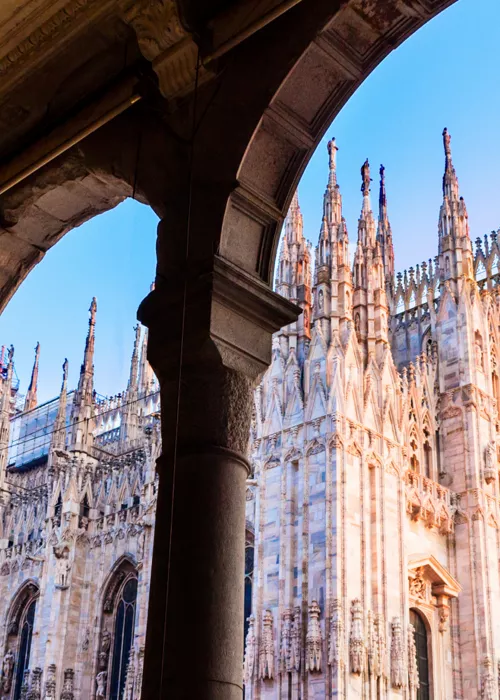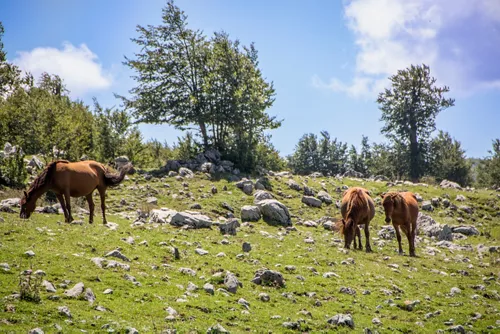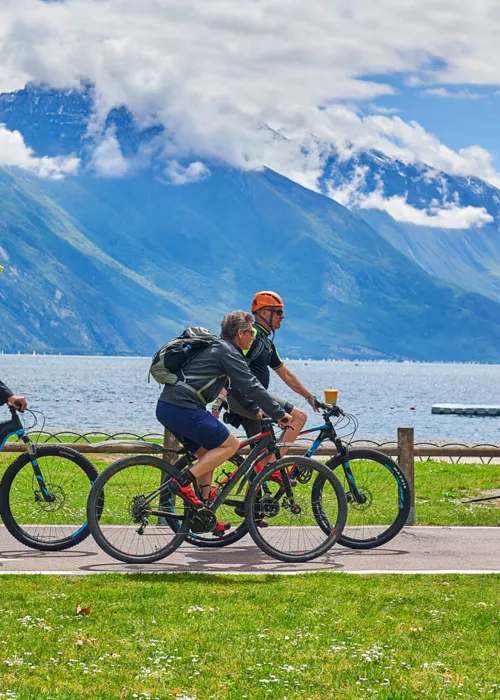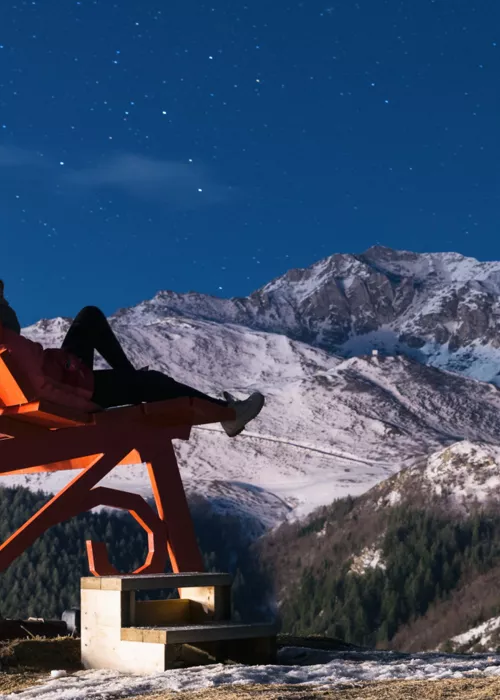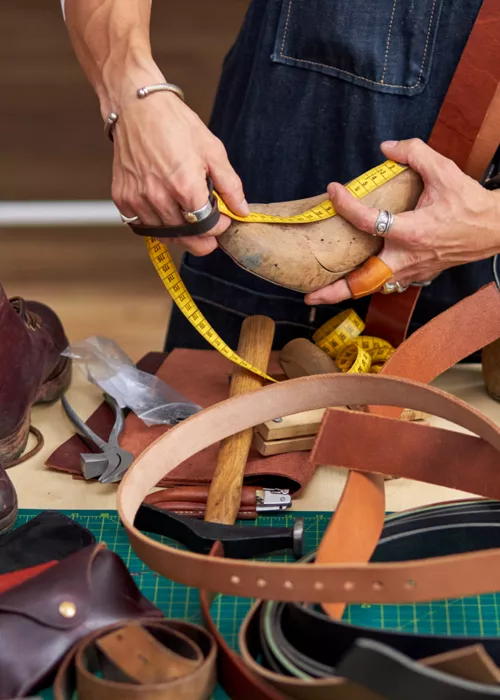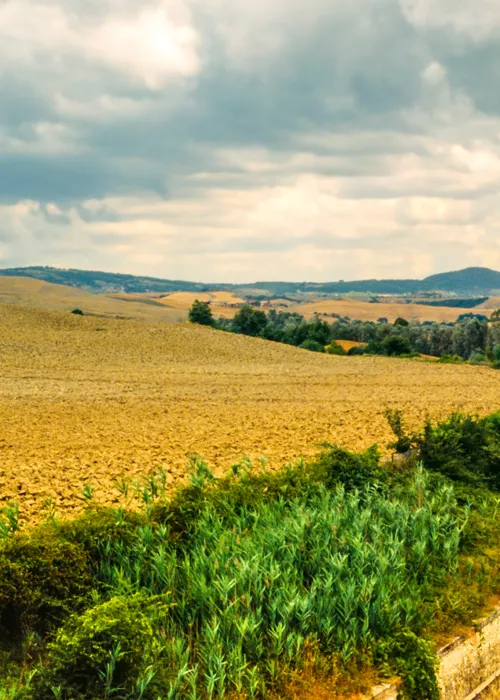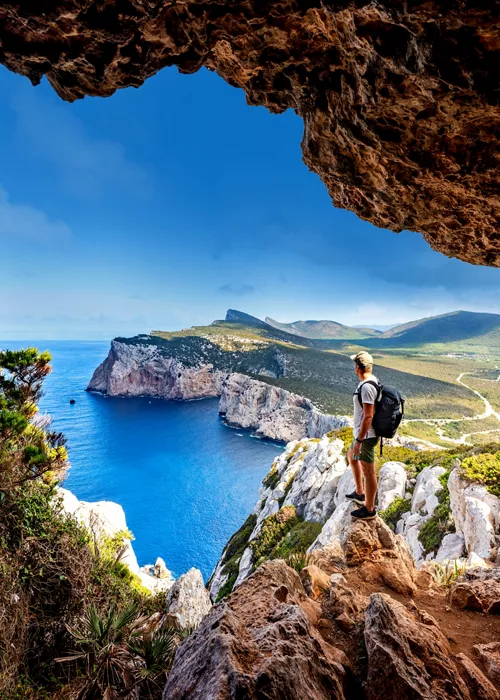The 5 most beautiful cities in Italy aren’t the ones you think
4 minutes
Index
After visiting the classic but timeless Rome, Milan, Florence, Venice and Naples, we propose 5 destinations that also deserve to be visited: we’ll advise you on a tour of Italian "must sees".
Heading to Cagliari, Perugia, Tropea, Genoa and Lecce: from the hinterlands to the coast, 5 places that will make you fall in love with this ever-changing, rich territory.
Cagliari: the Sardinian city that deserves a visit any day of the year
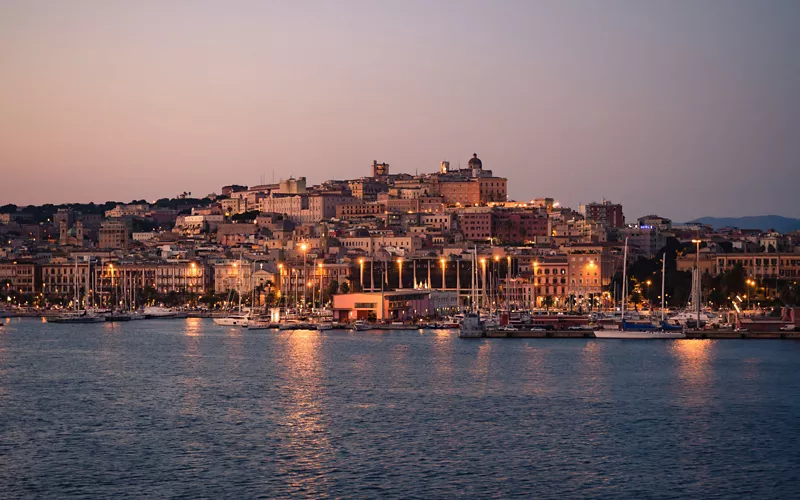
In the southern tip of Sardinia, Cagliari rests on the sea: it has a picturesque port and the Poetto beach is a magical place. But the Sardinian capital is not limited to the charm of the seaside atmosphere: it’s also rich in history and culture, and thanks to its mild climate 365 days a year, it’s perfect to visit in any season.
If you enter the Marina district from the port, you come across the trattorias and arcades of Via Roma, then going up towards the Castle, the old characterful buildings will fill your view with beauty. Stop by the Palazzo Regio and Palazzo di Città, as well as the Cathedral of Santa Maria. The medieval towers of Elefante and San Pancrazio tell a chapter of history, as does the Bastion of Saint Remy. The Bastion of Santa Croce, on the other hand, has the ideal panoramic terrace for taking pictures and admiring the sunset. Longing for nature? Explore Molentargius Park, home to pink flamingos.
Traveling by train: Cagliari is on the main railway line which connects it to Olbia. It also crosses various minor coastal lines.
Furthermore, it’s well connected and reachable both from Italy and from all over Europe by plane thanks to the city airport.
Perugia: a concentration of history from the Etruscans to today
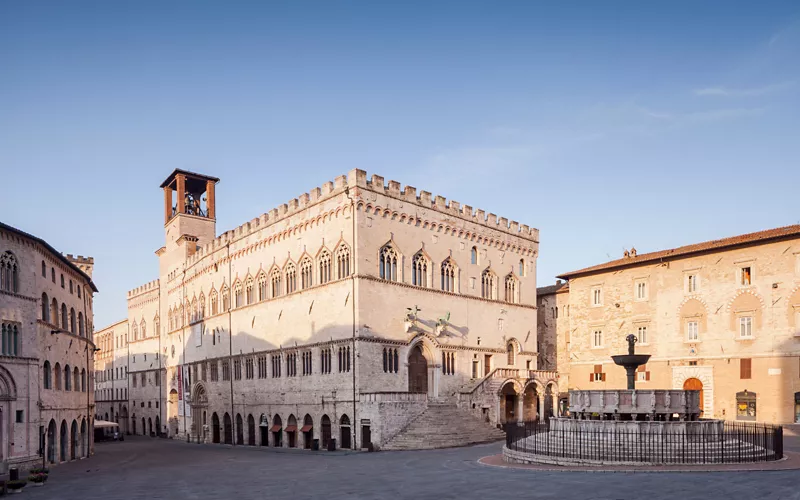
Perugia, the small beautiful Umbrian city that will surprise you with each glance, dense with history. You’ll be in awe every step, up and down small streets and stairways, entering from the Etruscan Arch or leaving from Porta Marzia. The spectacular opening on Piazza IV Novembre with the masterpiece of the Fontana Maggiore of medieval origin and the Romanesque Cathedral of San Lorenzo. Walk among precious buildings, then along the promenade under the remains of the Aqueduct.
As a fortified city, Perugia recounts the past in the form of art but it is also a lively place, home to prestigious international universities. There are museums and galleries for those who have time on their hands, while those who have only one day can look to the green Umbrian landscape: truly unique scenery. An unusual place? The Augusta Library, one of the oldest public ones in Italy.
Traveling by train: you arrive at the Perugia station with lines from Rome or Florence.
Tropea: the village that plunges into the sea from above
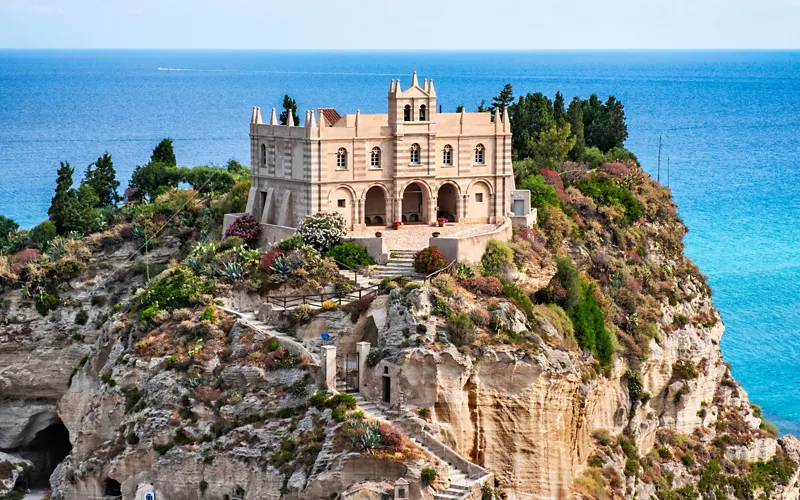
The Calabrian town of Tropea clings to the rocks and seems to dive into the Tyrrhenian Sea below. Its position is in fact unique. The upper village reserves sensational views as you walk among noble buildings of the 18th century and stone houses, small squares and alleys.
In Corso Migliarese, squeezed between two buildings, look for the Belvedere Rico Ripa, where the view extends as far as the Aeolian Islands. Enter a restaurant to delight yourself with traditional dishes where the queen of the table is the Tropea red onion, served in fresh salad or with bluefin tuna, or even in a hot risotto. Each season offers its specialties of this "Pearl of the Tyrrhenian Sea", which in summer offers crystal clear sea water.
Traveling by train: reach Lamezia Terme with the high-speed train, then rely on the numerous connections up to Tropea.
Genoa: from the ancient heart of the carruggi alleys to the port of star architect Renzo Piano
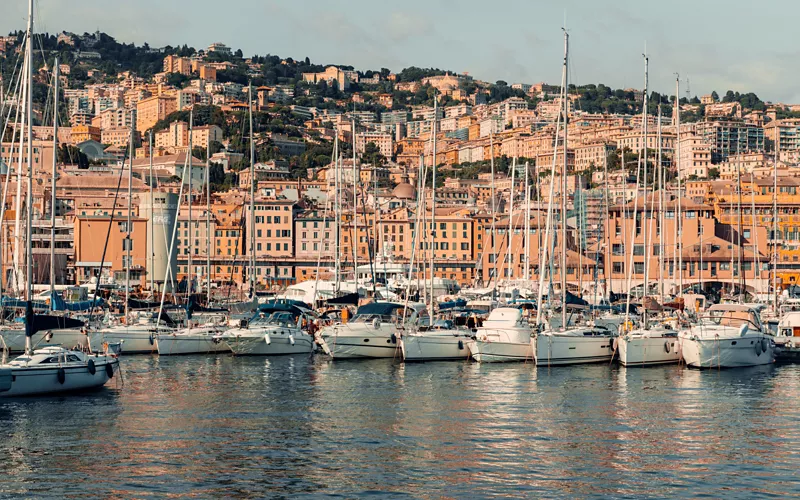
A city of rare charm, Genoa is an ideal destination for families and couples. Enter the carruggi, the typical alleys of the old city, in continuous ups and downs. Take in Piazza della Vittoria with its Victory Arch, then take Via XX Settembre and the Monumental Bridge.
Advice? Under the arcades look up and admire the splendid decorated ceilings. Even in Piazza Ferrari, keep your eyes up when you find yourself surrounded by the magnificent buildings, from Palazzo Ducale to the Teatro Carlo Felice. Don't miss the small Piazza di Santa Brigida, a secret place where the houses are painted in pastel colors. After wandering in the upper part, go down towards the Porto Antico, a masterpiece by the Genoese architect Renzo Piano with its play of light on water, and enter the magical world of the Genoa Aquarium, one of the largest in the world.
Traveling by train: Genoa has two stations - Principe and Brignole - and is connected with Italian high-speed trains, also from France.
Lecce: a dizzying leap into the Baroque
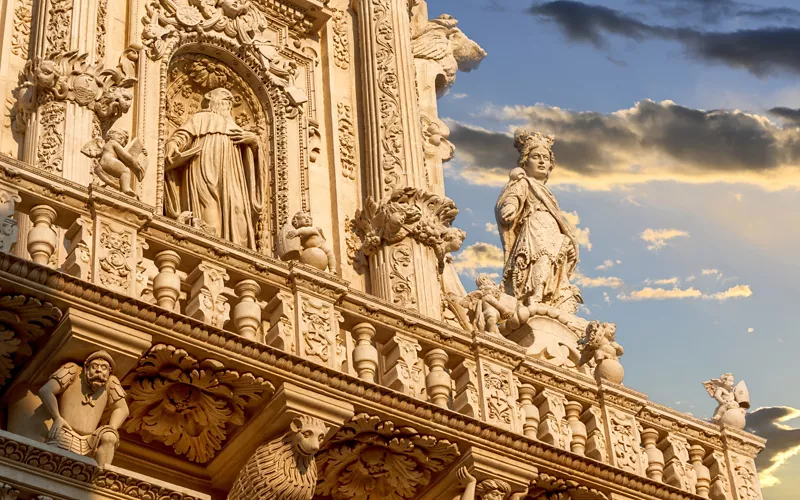
The Apulian city of Lecce is the Baroque capital of the Salento region. The unique style of its buildings by craftsmen and master builders of the seventeenth century who competed to decorate them. The Mediterranean light will dazzle you, because churches and palatial buildings were built in Lecce stone, a very light limestone.
Walking through this open-air museum, you’ll come across the "living room", or rather Piazza Sant'Oronzo with the Church of Santa Maria delle Grazie, equal in beauty to the Cathedral in the square. Take it all in: you are in a city of handcrafted detail. The features will amaze you, like the balustrade of the Basilica of Santa Croce with its zoomorphic images. After so much to see, warm your heart with some Primitivo di Manduria wine, bruschetta and salami in a modern wine bar.
Traveling by train: High-speed trains reach Lecce from many Italian cities, including Rome, Milan and Turin. It’s also easy to reach by plane, thanks to the Brindisi airport.

